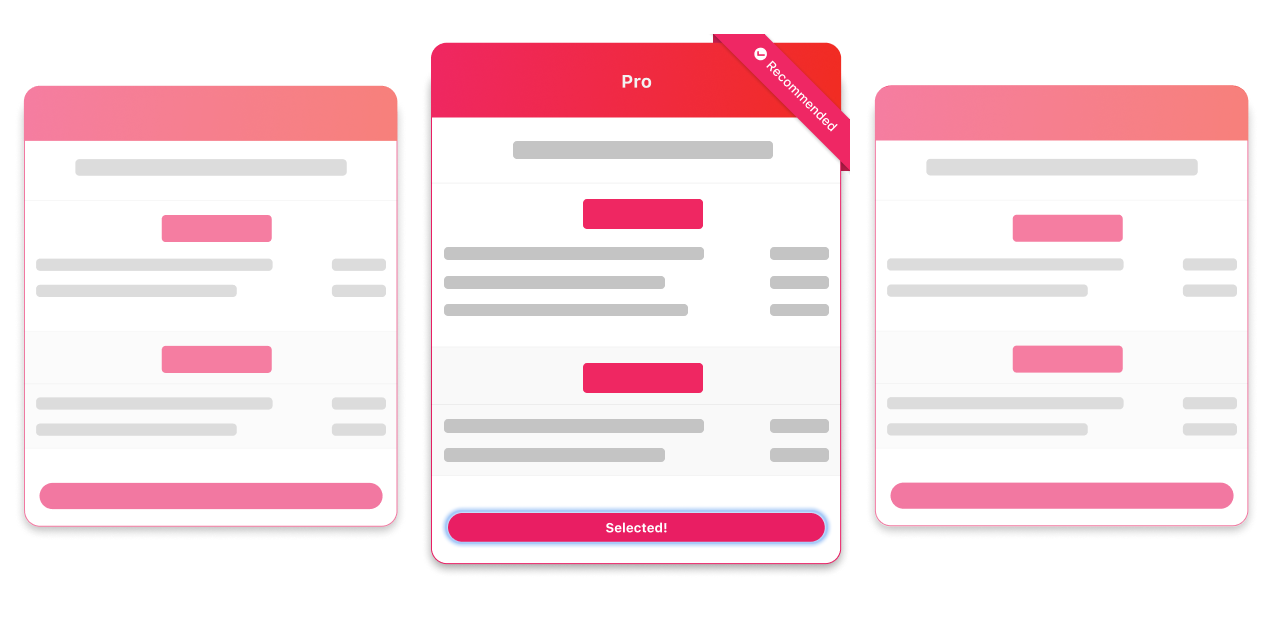Use proposal options to empower your clients to choose what works best for them

What are proposal options?
With proposal options, you can streamline your sales process by allowing clients to choose from A, B, or C options directly within your proposals.(Available on our Professional & Scale plans)
Clients can pick the option that best suits their needs, enter their payment information, and sign, all in the one place.
Let’s run through some common and practical use cases that you can apply to your proposals.
Pricing options
Presenting different pricing options to your client is a fantastic way to build immediate upsells, or alternatively - provide various options to first capture your client, build the relationship, and then look to upsell in the future.
A great way to structure your options is to build standardised “packages” that contain different levels of service. This helps tap into a client’s loss aversion tendencies and subtly push them to make a choice.
Here are a few examples:
- Basic, Plus, Deluxe packages
- Bronze, Silver, Gold packages
We recommend you build template proposals containing your various packages, so that you can duplicate the template and use it as a starting point when creating a new proposal with options. Then, you can customise it even further depending on the specific client’s needs.
When you build a New Proposal with pricing options, we strongly suggest you clearly define your services in your service library.

Payment cadences
Providing different payment options to your client is also a great way to influence a purchase decision.
Your clients’ preferences and situations will be varied, and they may want the option to pay in different cadences for cashflow reasons, so it makes sense to provide options like:
- Weekly payments
- Monthly payments
- Annual payments
You can also decide whether to include a discount if you prefer your clients to pay a certain way. The most common offering is a discount on a longer cadence (e.g. X% on Annual payments) as you will receive bulk of the cash in one payment.
When providing different payment options to your clients, we suggest including a paragraph around out of scope services in your terms and conditions to ensure that you are covered in case of scope creep.

Pricing models
If you are not charging fixed fees and/or are moving from an hourly based billing model, you can experiment with creating options that will provide greater transparency to your clients.
Through our extensive research, we’ve discovered that clients prefer the transparency of their billing and care mostly about the result rather than the number of hours it took to complete their services.
This can also be an opportunity to encourage your clients to move to a fixed fee engagement, which can be incredibly beneficial to your business.
- Hourly model (uncertain pricing, loose deliverables, less protection from scope creep)
- Fixed model (transparent pricing, structured services and deliverables, protection from scope creep for both parties)



